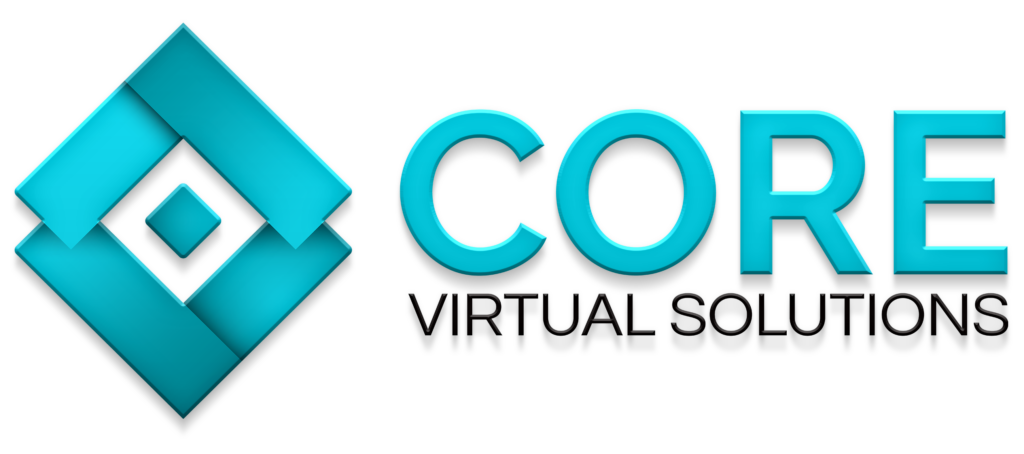Do you know there are different types of Telemedicine?
These four types of Telemedicine is becoming a popular way to provide healthcare. Telemedicine offers various benefits for both doctors and patients. For doctors, cheaper and more accessible Telemedicine services can replace several onsite services. As for patients, it enables them to receive treatment from a distance, which can be helpful in rural areas or for patients who cannot travel for medical reasons.
Physicians who are new to Telemedicine may feel limited to practicing medicine online because of its physical limitations, but that should not be the case. There are several types of Telemedicine a doctor can explore and use to expand their practice. In this blog, we will delve into the different types of Telemedicine and discuss each so you can incorporate some or all into your practice.
Types of telemedicine you should add to your practice
1. Real-time Telemedicine
This is the most traditional type of Telemedicine, also known as Synchronous Telemedicine. It is where patients consult with doctors through video calls and phone consultations in real-time. It is a type of Telemedicine that can be beneficial for diagnosis, check-ups, and treatment.
Real-time Telemedicine has many benefits. This includes more accessible care, better communication between patients and providers, and more convenience. In many cases, it can also help patients get the care they need more quickly and efficiently. Lastly, it can also help decrease healthcare costs by eliminating the need for travel. Keep in mind that platforms during online consultations must comply with the Health Insurance Portability and Accountability Act (HIPAA).
2. Remote Patient Monitoring
Instead of monitoring a patient onsite, this type of Telemedicine utilizes technologies like applications and electronic trackers or other smart devices. You can use this to keep watch of patients even at a distance. Additionally, Remote Patient Telemedicine can be most helpful to elders, high-risk patients who cannot be exposed outside, as well as those with chronic pulmonary diseases, chronic kidney diseases, and hypertension. It can reduce the necessity of hospital admission as physicians can already manage the conditions at home through this type of Telemedicine.
For example, doctors can use it to monitor patients with diabetes in terms of tracking their sugar levels. Medical practitioners can also apply this type of Telemedicine in cases where they want to collect patient data. It includes weight, sleep patterns, and dietary routine which can you can use to adjust the patient’s treatment plan.
3. Store-and-Forward Telemedicine
Store-and-Forward Telemedicine is popular for consultations, second opinions, and specialist referrals. This type of Telemedicine uses a secure line to share patients’ electronic medical records, promoting better collaboration between medical practitioners.
One advantage of Store-and-Forward Telemedicine is that it can connect patients with specialists located in different parts of the world. To illustrate, an internal medicine physician can seek advice or consultation from a neurologist from a different state. Unlike the hassle of having the neurologist fly from another location, physicians can just consult with each other through a video conference.
As its most essential contribution, Store-and-Forward Telemedicine improves how doctors seek advice from specialists to solve their patients’ problems.
4. Stored Interactive
Stored Interactive is one way of doing Asynchronous Telemedicine. Here, the patient consults with the doctor through secured messaging software. Allowing for a more time flexible consultation, patients can send a photo or video of their symptoms to which the doctor can reply afterward. For instance, a patient possibly experiencing an allergic reaction can send a picture of his skin to the doctor so he can prescribe an allergy medicine. Additionally, a new patient can message their medical history so the physician will save time and gain a background on the newly acquired patient.
Doctors can best use Stored interactive Telemedicine in non-emergency cases or pre-check-up evaluations. By saving time in evaluating the patient, the doctors can already make an initial diagnosis and arrange a treatment plan.
Utilize these four types of Telemedicine with Virtual Medical Assistants!
These may feel mind-boggling as there are many tasks added to your daily to-dos to keep the Telemedicine practice floating. However, you do not need to worry as there are multiple types of Virtual Medical Assistants (VMAs) that can help you.
If you want to adopt Real-time Telemedicine, VMAs can support you by scheduling appointments, managing patient intake, pre-examining patients, following up for aftercare, coding, and billing. Assigning these non-medical tasks to a VMA will let you focus on just treating your patient efficiently.
Meanwhile, Virtual Medical Assistants specializing in remote patient monitoring can aid you in adding this type of telemedicine to your practice. They can focus on talking to and checking the patients’ condition after a procedure or perhaps after an initial check-up. They can also handle the smart devices to be used to monitor patients. Afterward, they can summarize and create a report for the doctor’s convenience.
Additionally, for the Stored Interactive path, physicians can acquire help from VMAs who can operate the telephone and other communication lines. They can filter the messaging software used in Telemedicine and arrange the relevance of the messages. This is to maximize the physician’s time so they can immediately attend to the patients’ inquiries.
Advance your medical practice with Core Virtual Solutions!
Telemedicine is certainly on the rise. As a way of providing healthcare, it will only continue to grow in the coming years. As technology advances, more people will become comfortable with using it for their health needs. By understanding the different types of Telemedicine, you can choose the right approach for your practice. You can choose between Real-time Telemedicine, Remote Patient Monitoring, Store-and-Forward Telemedicine, and Stored Interactive or incorporate all in your practice.
You do not need to feel overwhelmed by these innovations. They indeed come with a plethora of tasks such as setting appointments, marketing your Telemedicine practice, constant patient monitoring, and many more. However, you do not need to do all these alone as there is strength in asking for help. By scheduling an appointment with our industry experts, we can discuss how you can further grow your medical practice with Core VMAs.









